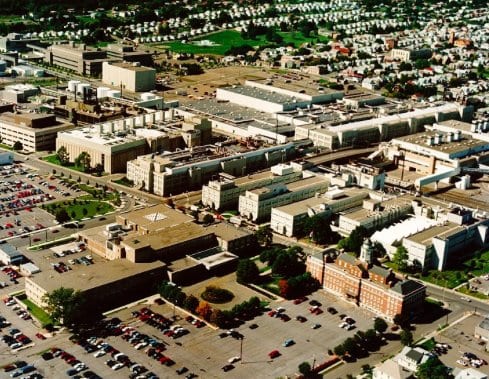Construction of a lithium-ion “giga-factory” in Queensland’s north is one step closer to being realised, after the high-powered Imperium3 consortium behind the proposed battery plant brought global tech giant, Siemens, in on its plans.
The Australian reports that Siemens has signed a letter of intent with Boston Energy and Innovation, a company led by former Macquarie Bank senior executive Bill Moss, alongside Eastman Kodak, Australian graphite producer Magnis Resources, and US battery outfit C4V and C&D Assembly.
The Siemens deal is to provide the consortium with digitisation and automation technology, initially for a New York battery plant, but is being reported as a “positive” for the proposed $2 billion, 15GWh Townsville factory.
As we reported here in May last year, the consortium had identified a number of potential local council and state development sites for the Townsville plant, which it says would produce enough storage for 1 million home battery units, 300 microgrids, or 250,000 electric vehicles with 400km of range.
So far, the Townsville Council has offered to grant part of a former CSIRO research facility to the consortium, in exchange for an equity share in the project.
And late last year, the consortium secured a $3.1 million funding commitment from Queensland’s Palaszczuk government and launched a $12 million capital raising to fund a feasibility study and detailed engineering design for the plant.
“The level of interest coming through for the Townsville Gigafactory is extraordinary,” Magnis chairman Frank Poullas said of the project, last year.
“Being able to create a sustainable supply chain that bypasses the current major battery producing nations is something that really appeals to potential end users and investors.”
BEI’s Moss has described the project as an opportunity for Australia to become a world leader in the manufacture of battery storage, as well as its deployment.
He has also said the consortium was committed to transforming Australia’s energy supply through the provision of cost-effective battery storage, and says the project could create 2,000 direct jobs in manufacturing and support 5,000 indirect jobs through supply chains.
“Energy security is becoming a major concern globally, Australia is on the verge of becoming a smart energy manufacturing powerhouse if the government allows it,” Moss said in comments this week.
Siemens Digital’s Raj Batra said the company was impressed by the progress being made in New York so far, and described the project as one of the most advanced in the world.
Elsewhere in Australia, a separate $100 million battery “gigafactory” is also being planned for Darwin, by a separate consortium led by Energy Renaissance and US battery outfit 24M.
As we reported here last June, the companies have said the first phase of that smaller project would create four production lines and target niche utility and industrial scale markets in Australia and Asia.
On the residential energy storage front, German battery giant, sonnen, in February announced plans to establish a manufacturing plant in Adelaide, creating for than 400 jobs, and producing 50,000 battery units over five years.
Although those plans might hinge on the policies of the newly elected SA Liberal government, which has already moved to scrap a solar and storage scheme introduced by the former Labor government, that was key to sonnen’s decision to build in Adelaide.











